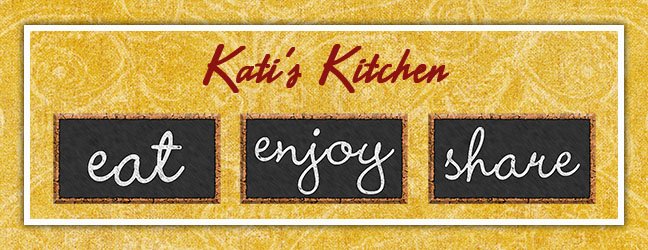Ziplocs work well for most foods I freeze. The best part about them is that they freeze flat and stack easily. They store well in your freezer and take up a minimal amount of space. I use Ziplocs for just about everything including soups, marinades, most pastas (except formed pasta like lasagna), etc.
- Only fill about half full.
- Place bag into a glass or larger container and fold top zipper around the edges of the container to make it easier to fill.
- Squeeze out as much air as possible.
- Lay on a shelf to freeze flat and then stack. The bag shouldn't be more than about 1 inch thick when frozen.
- Don't go cheap on plastic bags. Buy the heavy freezer bags. I definitely prefer Ziplocs over the store brand quality.
Muffin Tins:
Muffin tins work perfect for single servings of sandwich fillings such as Sloppy Joes or BBQ pork. Simply fill almost full and put in the freezer to freeze until firm. Once frozen pop the servings out and place in a Ziploc bag. You can easily pull out the number of portions you need and thaw in the microwave. I prefer using the silicon muffin pans for this because it makes it so simple to pop out the portions.
Crock-pot dinners:
This is a new idea I came across a while ago, but haven't tried yet. Freeze all your ingredients for a favorite crock-pot dinner. Thaw in the fridge for about a day and place in your crock-pot to cook. I would first place the meal in a crock-pot liner then into a Ziploc for freezing.
8x8 and 9x13 pans:
Pans present the biggest challenge for freezing because they take so much space and are more likely to allow freezer burn. I freeze my meals in Gladware ovensafe plastic pans. After assembling, I place a layer of foil over the dish then top with the pan lid. Unfortunately, they aren't readily available anymore. I had to really search the internet about six months ago when I wanted to buy more. I haven't seen them in stores in quite a while. The other easy option is purchasing disposable aluminium pans for freezing certain recipes. You can also freeze in a glass or metal pan. A final option is to freeze your dish in the pan and then remove once frozen. Line your pan with foil, assemble as normal and place in the freezer. Once frozen simply lift out and wrap well with foil. When thawing, unwrap while frozen and place back in the pan to thaw and cook. This technique will use the least amount of freezer space and will not require you to purchase multiple extra pans.
Foil:
Foil works well for certain foods such as chimichangas that already have form, and I am bundling together. I use heavy foil and purchased a large box from the restaurant supply section of Sam's Club. I generally wrap most foods in at least two layers of foil.
Labeling:
Don't forget to label and date your food in the freezer. Also make sure you include any specific cooking information if needed. I write this information on the Ziploc bag or with a black marker on the foil covering my meal. Dating is very important. Most things freeze well for about three months. Every cookbook I have read has a different idea on the amount of time a meal can sit in the freezer and retain it's quality, but I try to stick with three months.
Organization:
Develop some type of organization for your freezer that works for you. I previously posted about my spreadsheet to help me remember what is in the freezer. I also reorganize my freezer when I do any major freezer cooking so I can easily find the food I want.

No comments:
Post a Comment